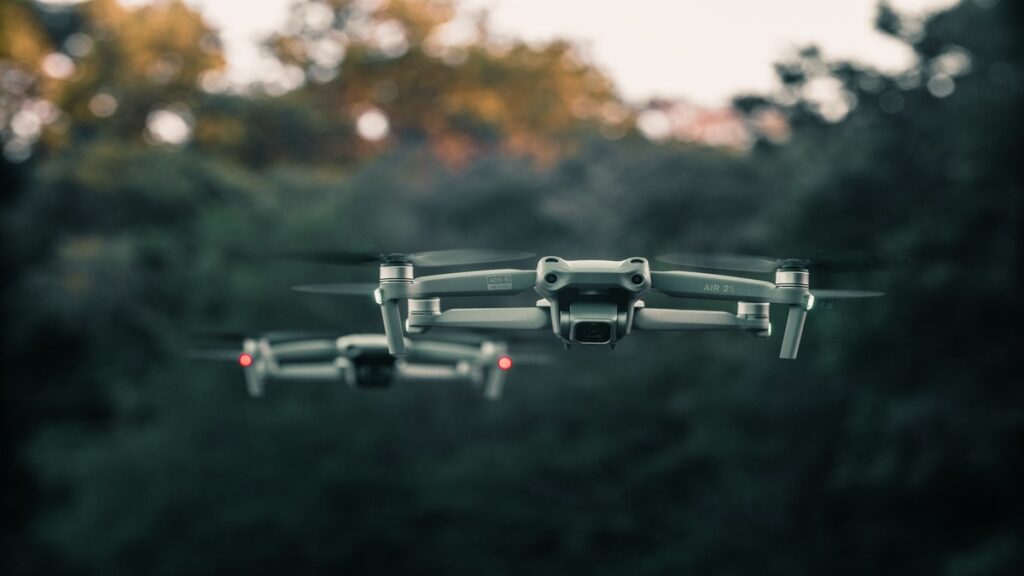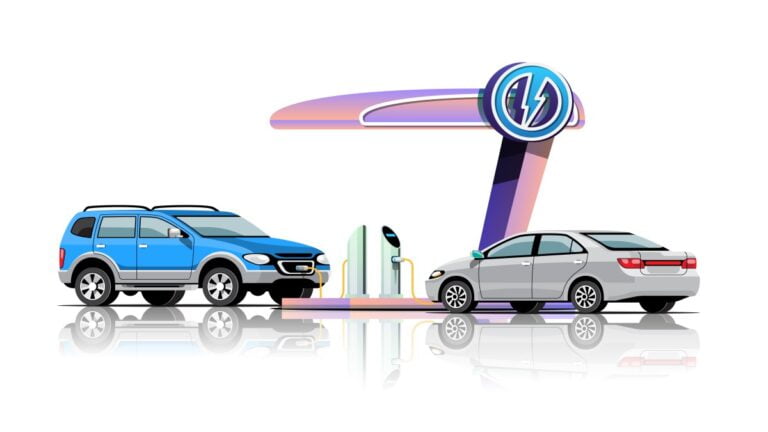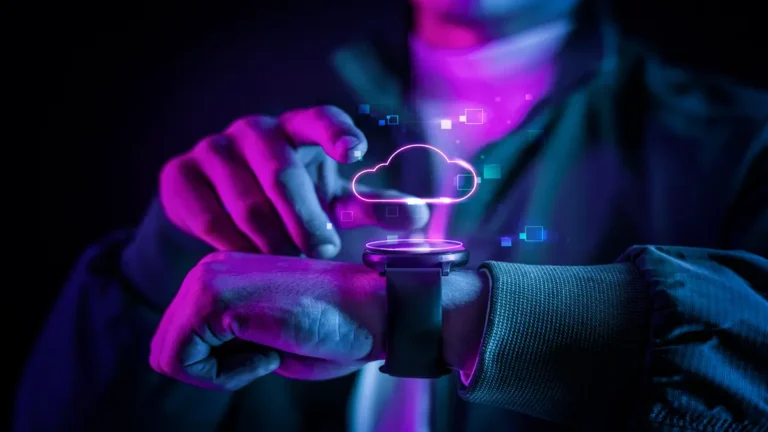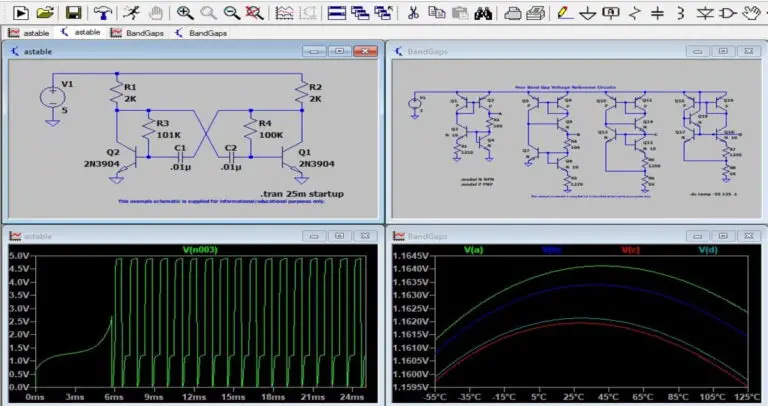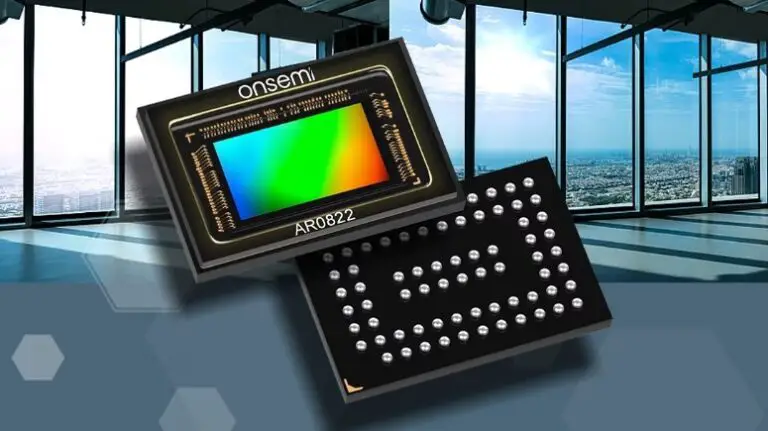Drones, also known as unmanned aerial vehicles (UAVs), have gained immense popularity in recent years. These remote-controlled flying devices have revolutionized various industries and recreational activities. In this article, we will explore the different types of drones, their applications, and provide essential safety tips for operating them.
Types of Drones
Drones come in various shapes, sizes, and configurations. Understanding the different types of drones can help you choose the one that suits your needs. Here are the three main categories:
Fixed-wing drones
Fixed-wing drones are designed to resemble miniature airplanes. They have a rigid wing structure that enables them to achieve efficient forward flight. Fixed-wing drones are known for their long flight endurance and ability to cover large distances. They are commonly used in aerial mapping, surveying, and monitoring applications.
Multirotor drones
Multirotor drones, also referred to as quadcopters, are the most popular type of drones. They feature multiple rotors, typically four or more, that provide vertical lift and maneuverability. Multirotor drones are versatile and widely used for aerial photography, videography, and recreational purposes. They offer stability, ease of control, and the ability to hover in one place.
Hybrid drones
Hybrid drones combine the characteristics of fixed-wing and multirotor drones. They can take off and land vertically like multirotor drones but also transition into fixed-wing flight for longer endurance. Hybrid drones are used in applications where both hovering and long-distance flight are required, such as surveillance and delivery services.
Applications of Drones
Drones have found numerous applications across various industries. Let’s explore some of the most common uses:
Aerial photography and videography
Drones equipped with high-quality cameras have revolutionized the field of aerial photography and videography. They can capture stunning aerial shots and provide unique perspectives that were previously only possible with expensive equipment like helicopters or cranes. Drone photography and videography are widely used in filmmaking, real estate, tourism, and event coverage.
Agriculture and farming
Drones are increasingly being used in agriculture to improve crop management and increase yields. Equipped with specialized sensors and cameras, agricultural drones can collect data on crop health, soil moisture levels, and detect areas requiring attention. This data helps farmers optimize irrigation, fertilization, and pest control, leading to more efficient and sustainable farming practices.
Search and rescue operations
Drones play a crucial role in search and rescue operations, especially in remote or inaccessible areas. Equipped with thermal cameras and GPS capabilities, they can quickly locate missing persons or assess the extent of a disaster. Drones provide real-time aerial surveillance, helping emergency responders plan their rescue efforts more effectively and efficiently.
Package delivery
Companies like Amazon are exploring the use of drones for package delivery. With advancements in drone technology, the idea of drones delivering packages directly to customers’ doorsteps is becoming a reality. This innovative approach has the potential to revolutionize the logistics industry, reducing delivery times and costs while minimizing environmental impact.
Safety Tips for Operating Drones
Operating a drone comes with responsibility. Here are some essential safety tips to ensure a safe and enjoyable flying experience:
Register your drone
Depending on your country’s regulations, you may need to register your drone with the relevant aviation authority. This helps ensure accountability and allows authorities to track and manage drone operations more effectively.
Know and follow local regulations
Before flying your drone, familiarize yourself with the local regulations and airspace restrictions. Different countries and regions may have specific rules regarding drone flights, including altitude limits, no-fly zones, and privacy considerations. Adhering to these regulations is essential to avoid legal issues and maintain safety.
Choose a safe and open flying area
Select a suitable flying area that is away from airports, populated areas, and sensitive locations. Open spaces such as parks or designated drone flying zones provide more room for maneuvering and minimize the risk of accidents or privacy infringements.
Perform pre-flight checks
Before every flight, conduct thorough pre-flight checks. Inspect the drone for any physical damage, ensure the battery is fully charged, and verify that all the components are functioning correctly. Check the weather conditions and avoid flying in strong winds, rain, or adverse weather that could jeopardize the safety of your flight.
Respect privacy and airspace restrictions
Respecting privacy is crucial when flying a drone. Avoid recording or capturing images of individuals without their consent, and always be mindful of people’s personal space. Additionally, respect airspace restrictions, such as avoiding flying near airports or other restricted areas, to ensure the safety of manned aircraft.
Be mindful of weather conditions
Weather conditions can significantly affect drone flights. Strong winds, rain, or fog can compromise the stability and control of your drone. Always check the weather forecast and avoid flying in unfavorable conditions that could pose risks to your drone or others.
Keep your drone in sight
Maintain visual contact with your drone at all times during the flight. This allows you to monitor its position, avoid obstacles, and react promptly to any potential hazards. Losing sight of your drone may lead to accidents or difficulty in controlling its movements.
Understand emergency procedures
In case of an emergency, such as a loss of control or low battery, knowing the correct emergency procedures is crucial. Familiarize yourself with the drone’s manual and understand how to safely land the drone or activate its return-to-home feature if available.
Conclusion
Drones have revolutionized various industries and recreational activities, offering new perspectives and capabilities. Understanding the different types of drones, their applications, and following essential safety guidelines are vital for an enjoyable and responsible drone flying experience. By adhering to local regulations, respecting privacy, and practicing safe operation, you can explore the world of drones while ensuring the well-being of yourself and others.
FAQs
1. Are drones legal to fly?
Yes, drones are legal to fly in many countries. However, regulations and restrictions may vary, so it’s important to familiarize yourself with the specific rules in your location.
2. How long can drones fly?
The flight time of a drone depends on several factors, including the drone’s battery capacity, weight, and flying conditions. Typically, consumer drones have flight times ranging from 15 to 30 minutes, while professional-grade drones may have longer endurance.
3. Can drones carry heavy objects?
The carrying capacity of a drone depends on its size, power, and design. Smaller consumer drones are not designed to carry heavy objects, while larger industrial drones may have the capability to lift and transport payloads such as cameras or small packages. It’s important to check the specifications and payload capacity of your drone before attempting to carry any objects.
4. Do I need a license to fly a drone?
The requirement for a drone pilot license varies depending on the country and the weight class of the drone. In many regions, drones under a certain weight limit may not require a license for recreational use. However, commercial drone operations often require certification and licensing. It’s important to research and comply with the regulations in your specific jurisdiction.
5. What should I do if my drone crashes?
If your drone crashes, first ensure the safety of yourself and others. Assess any damages and make sure there are no immediate risks, such as a fire or damaged battery. Retrieve your drone and inspect it for any visible damage. If needed, consult the manufacturer’s guidelines for troubleshooting or contact customer support for assistance.
Please note that the content provided in this article is for informational purposes only and does not substitute professional advice or official regulations. Always consult local authorities and adhere to specific guidelines when operating drones.

